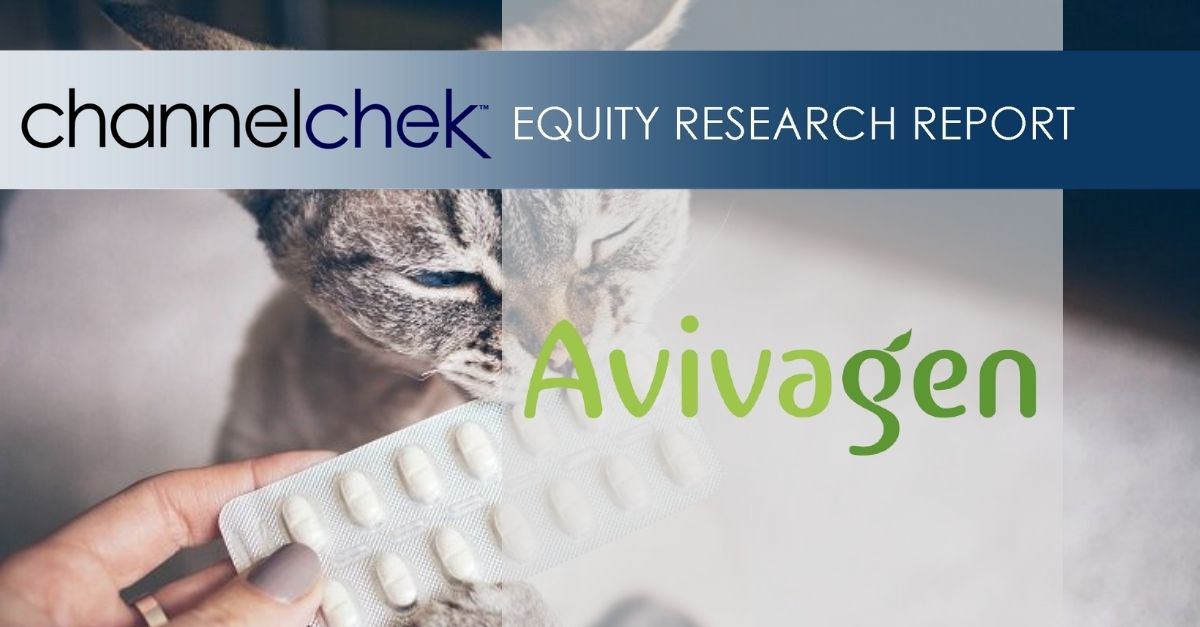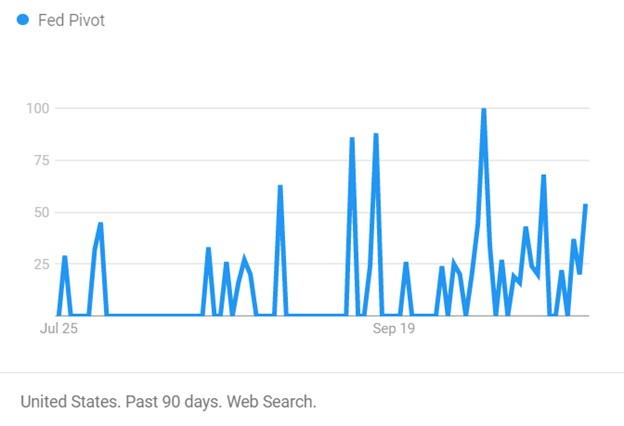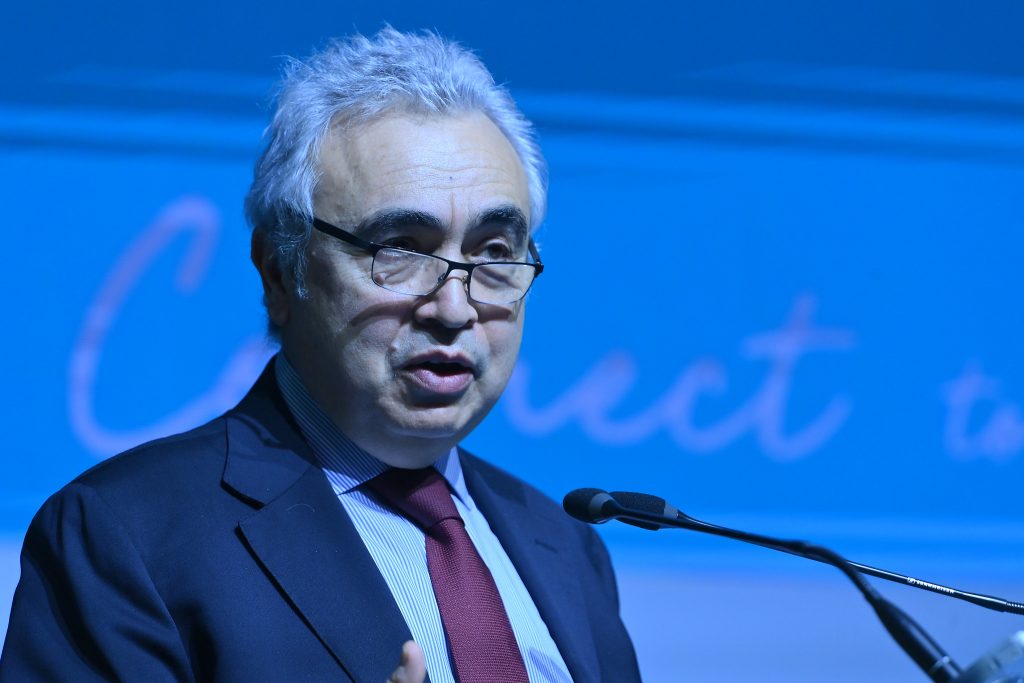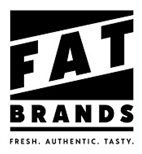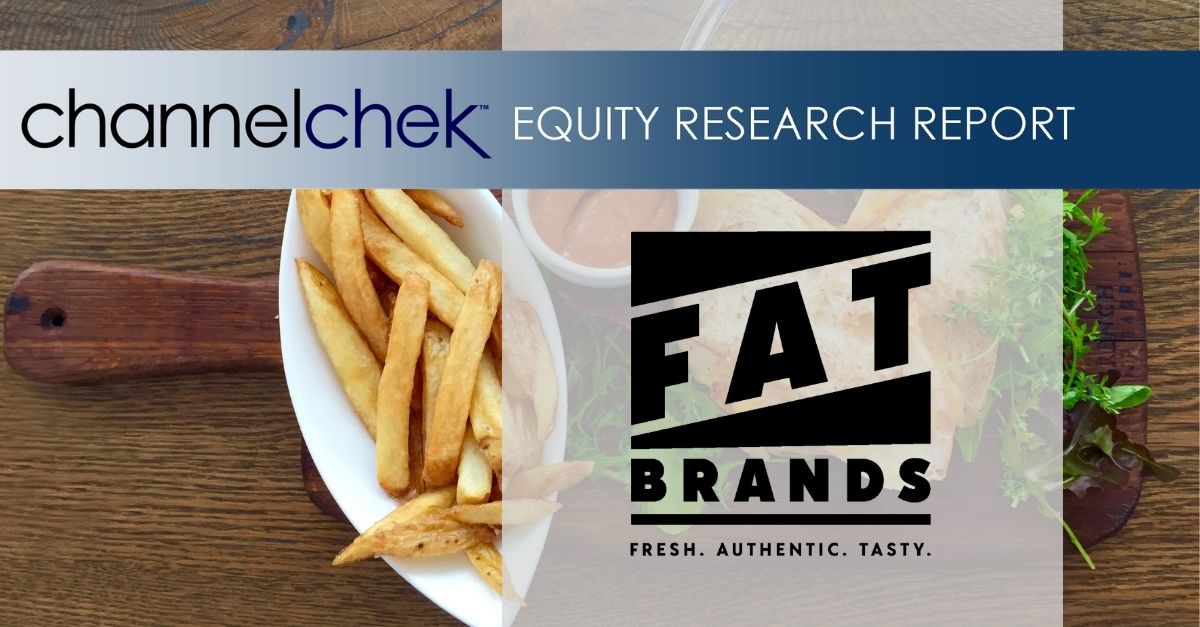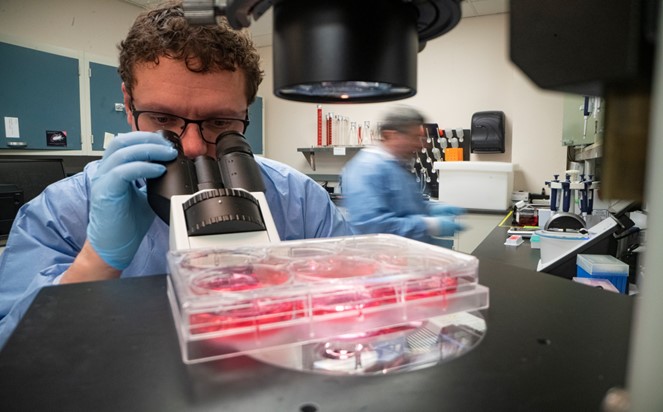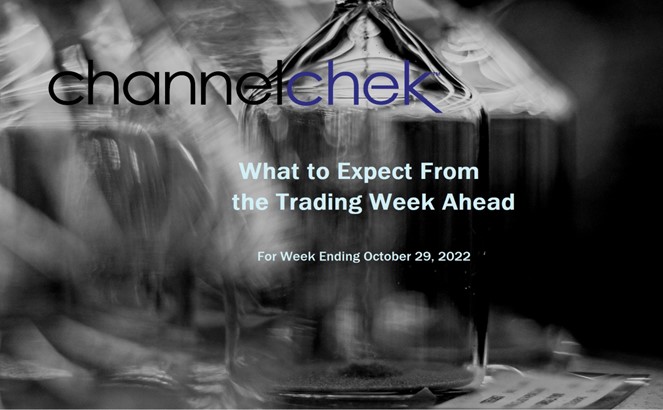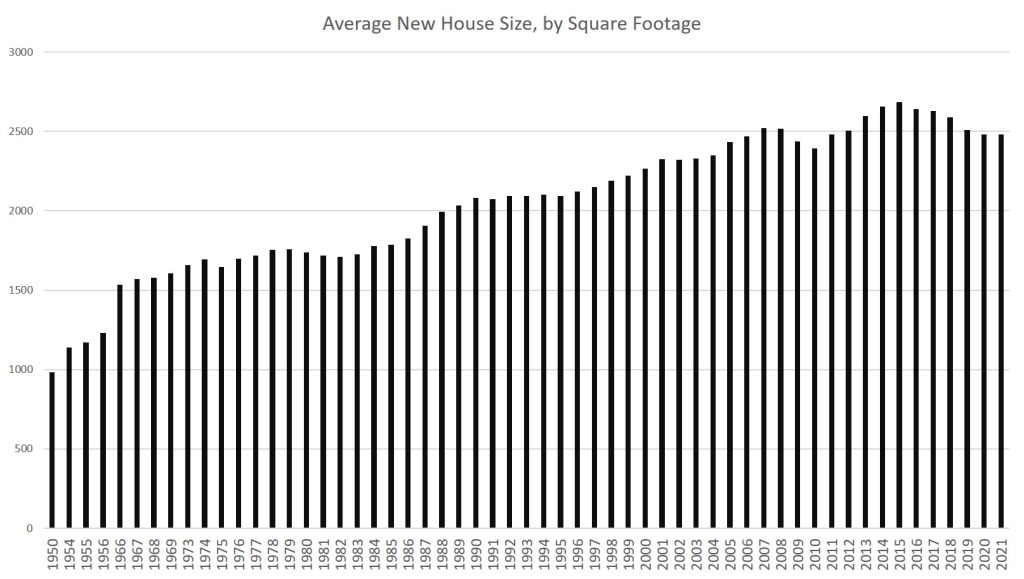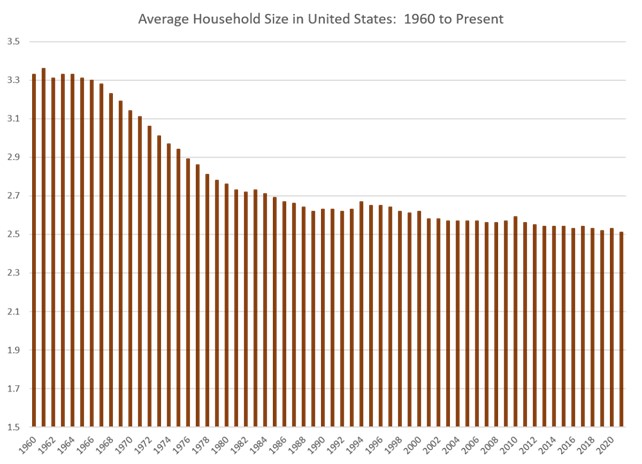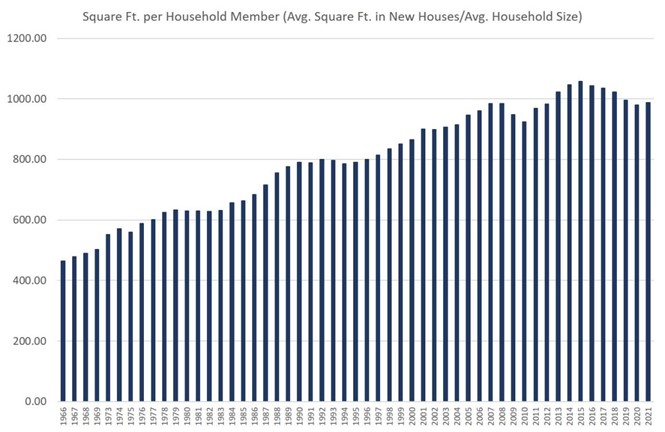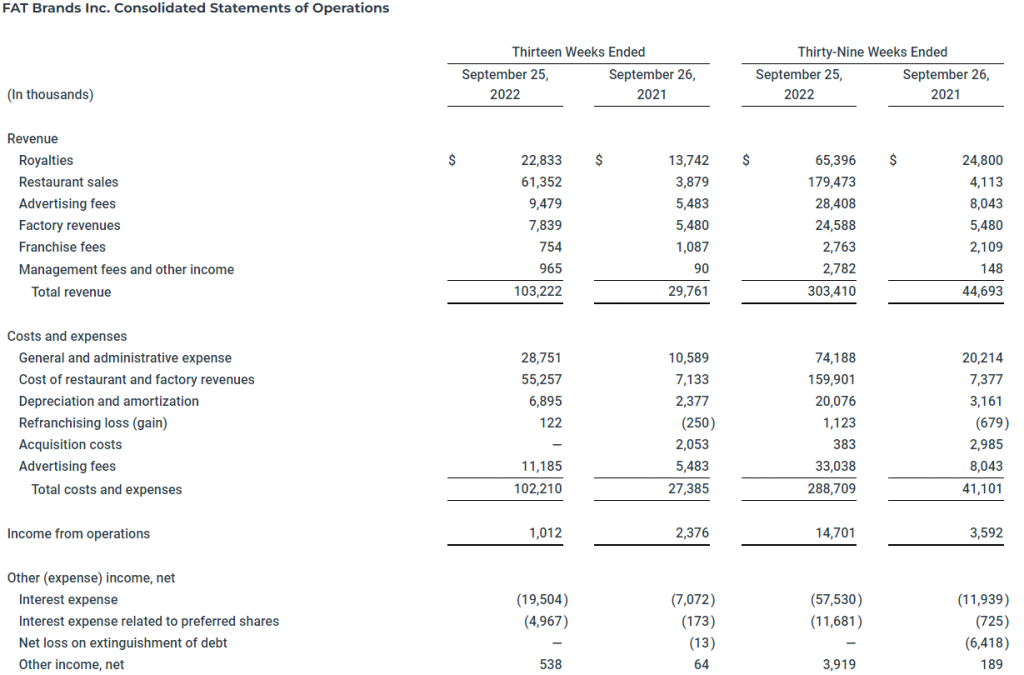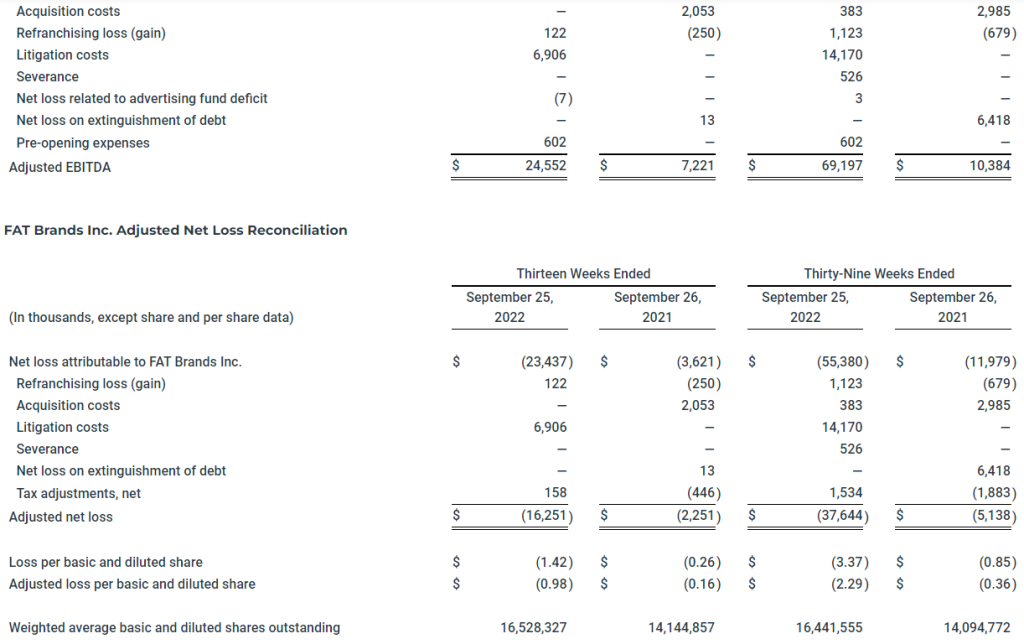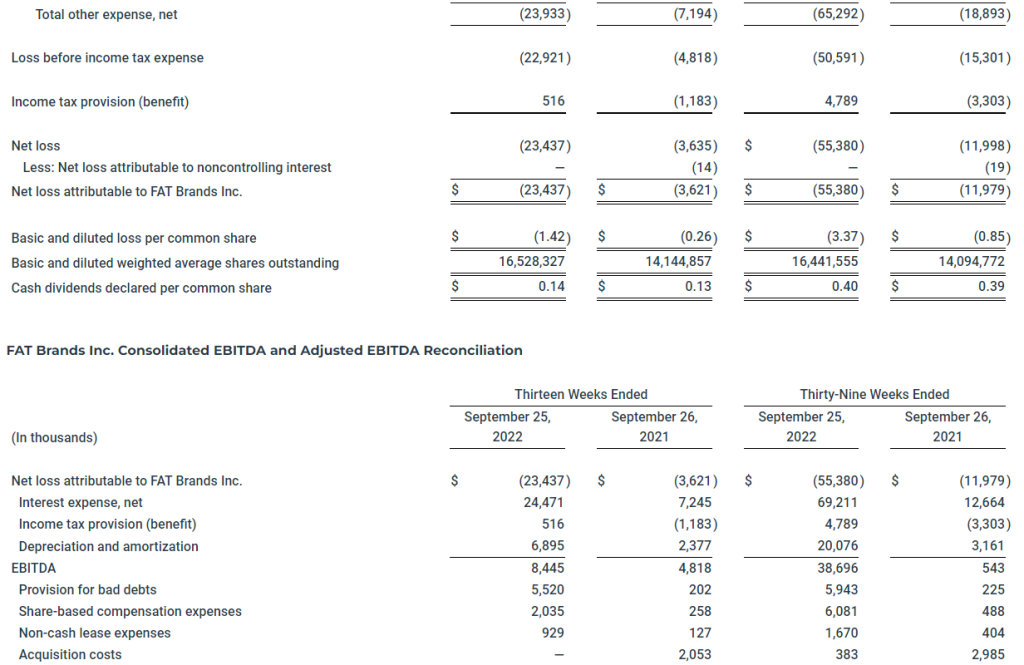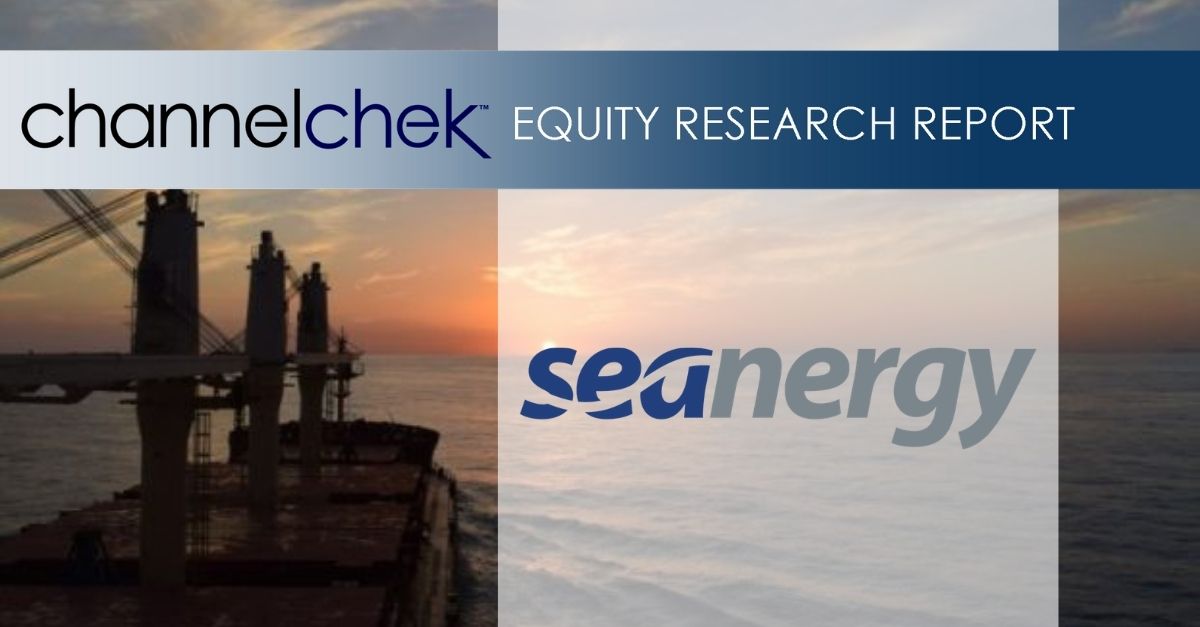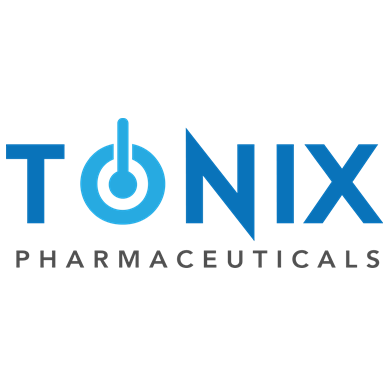
Research, News, and Market Data on TNXP
October 25, 2022 7:00am EDT
CHATHAM, N.J., Oct. 25, 2022 (GLOBE NEWSWIRE) — Tonix Pharmaceuticals Holding Corp. (Nasdaq: TNXP), a clinical-stage biopharmaceutical company, today announced that it has entered into a securities purchase agreement with certain institutional investors to purchase 1,400,000 shares of Series A convertible redeemable preferred stock and 100,000 shares of Series B convertible redeemable preferred stock. Each share of Series A and Series B preferred stock has a purchase price of $9.50, representing an original issue discount of 5% of the $10.00 stated value of each share. Each share of Series A and Series B preferred stock is convertible into shares of the Company’s common stock at an initial conversion price of $1.00 per share. Shares of the Series A and Series B preferred stock are convertible at the option of the holder at any time following the Company’s receipt of shareholder approval for an increase to the authorized shares of common stock of the Company from 150 million to 1 billion. The Company and the holders of the Series A and Series B preferred stock also entered into a registration rights agreement to register the resale of the shares of common stock issuable upon conversion of the Series A and Series B preferred stock. Total gross proceeds from the offerings, before deducting discounts, placement agent’s fees and other estimated offering expenses, is $15 million.
The Series A and Series B preferred stock permits the holders thereof to vote together with the holders of the Company’s common stock on a proposal to effectuate an increase to the authorized shares of common stock of the Company at a special meeting of Company shareholders. The Series B preferred stock permits the holder to cast 2,500 votes per share of Series B preferred stock on such proposal, provided, that such votes must be cast in the same proportions as the shares of common stock and Series A preferred stock are voted on that proposal. Except as required by law or expressly provided by the certificate of designation, holders of the Series A and Series B preferred stock will not be permitted to vote on any other matters. The holders of the Series A and Series B preferred stock agreed not to transfer, offer, sell, contract to sell, hypothecate, pledge or otherwise dispose of their shares of preferred stock until after the special meeting. The holders of the Series A and Series B preferred stock have the right to require the Company to redeem their shares of preferred stock for cash at 105% of the stated value of such shares commencing after the earlier of (i) the date on which the Company’s receives shareholder approval to increase the Company’s authorized shares of common stock or (ii) 60 days after the closing of the issuances of the Series A and Series B preferred stock and ending 90 days after such closing. The Company has the option to redeem the Series A and Series B preferred stock for cash at 105% of the stated value commencing after the Company’s shareholders’ approval of the increase to the authorized shares of common stock of the Company, subject to the holders’ rights to convert the shares prior to a redemption at the option of the Company.
The closing of the offering is expected to occur on or about October 26, 2022, subject to the satisfaction of customary closing conditions. Additional information regarding the securities described above and the terms of the offering are included in a Current Report on Form 8-K to be filed with the United States Securities and Exchange Commission (“SEC”).
A.G.P./Alliance Global Partners is acting as the sole placement agent in connection with the offering.
The Series A and Series B preferred stock and shares of common stock into which these preferred shares are convertible are being issued in reliance upon the exemption from the securities registration afforded by Section 4(a)(2) of the Securities Act of 1933, as amended (the “1933 Act”) and/or Rule 506 of Regulation D as promulgated by SEC under the 1933 Act.
This press release shall not constitute an offer to sell or a solicitation of an offer to buy these securities, nor shall there be any sale of these securities in any state or other jurisdiction in which such offer, solicitation or sale would be unlawful prior to the registration or qualification under the securities laws of any such state or other jurisdiction.
About Tonix Pharmaceuticals Holding Corp.*
Tonix is a clinical-stage biopharmaceutical company focused on discovering, licensing, acquiring and developing therapeutics to treat and prevent human disease and alleviate suffering. Tonix’s portfolio is composed of central nervous system (CNS), rare disease, immunology and infectious disease product candidates. Tonix’s CNS portfolio includes both small molecules and biologics to treat pain, neurologic, psychiatric and addiction conditions. Tonix’s lead CNS candidate, TNX-102 SL (cyclobenzaprine HCl sublingual tablet), is in mid-Phase 3 development for the management of fibromyalgia with a new Phase 3 study launched in the second quarter of 2022 and interim data expected in the second quarter of 2023. TNX-102 SL is also being developed to treat Long COVID, a chronic post-acute COVID-19 condition. Tonix initiated a Phase 2 study in Long COVID in the third quarter of 2022 and expects interim data in the first half of 2023. TNX-1300 (cocaine esterase) is a biologic designed to treat cocaine intoxication and has been granted Breakthrough Therapy designation by the FDA. A Phase 2 study of TNX-1300 is expected to be initiated in the first quarter of 2023. TNX-1900 (intranasal potentiated oxytocin), a small molecule in development for chronic migraine, is expected to enter the clinic with a Phase 2 study in the fourth quarter of 2022. TNX-601 ER (tianeptine hemioxalate extended-release tablets) is a once-daily formulation of tianeptine being developed as a potential treatment for major depressive disorder (MDD) with a Phase 2 study expected to be initiated in the first quarter of 2023. Tonix’s rare disease portfolio includes TNX-2900 (intranasal potentiated oxytocin) for the treatment of Prader-Willi syndrome. TNX-2900 has been granted Orphan Drug designation by the FDA. Tonix’s immunology portfolio includes biologics to address organ transplant rejection, autoimmunity and cancer, including TNX-1500, which is a humanized monoclonal antibody targeting CD40-ligand (CD40L or CD154) being developed for the prevention of allograft and xenograft rejection and for the treatment of autoimmune diseases. A Phase 1 study of TNX-1500 is expected to be initiated in the first half of 2023. Tonix’s infectious disease pipeline consists of a vaccine in development to prevent smallpox and monkeypox, next-generation vaccines to prevent COVID-19, and a platform to make fully human monoclonal antibodies to treat COVID-19. TNX-801, Tonix’s vaccine in development to prevent smallpox and monkeypox, also serves as the live virus vaccine platform or recombinant pox vaccine (RPV) platform for other infectious diseases. A Phase 1 study of TNX-801 is expected to be initiated in Kenya in the first half of 2023. Tonix’s lead vaccine candidate for COVID-19 is TNX-1850, a live virus vaccines based on Tonix’s recombinant pox live virus vector vaccine platform.
*All of Tonix’s product candidates are investigational new drugs or biologics and none have been approved for any indication
This press release and further information about Tonix can be found at www.tonixpharma.com.
Forward Looking Statements
Certain statements in this press release are forward-looking within the meaning of the Private Securities Litigation Reform Act of 1995. These statements may be identified by the use of forward-looking words such as “anticipate,” “believe,” “forecast,” “estimate,” “expect,” and “intend,” among others. These forward-looking statements are based on Tonix’s current expectations and actual results could differ materially. There are a number of factors that could cause actual events to differ materially from those indicated by such forward-looking statements. These factors include, but are not limited to, risks related to the failure to obtain FDA clearances or approvals and noncompliance with FDA regulations; delays and uncertainties caused by the global COVID-19 pandemic; risks related to the timing and progress of clinical development of our product candidates; our need for additional financing; uncertainties of patent protection and litigation; uncertainties of government or third party payor reimbursement; limited research and development efforts and dependence upon third parties; and substantial competition. As with any pharmaceutical under development, there are significant risks in the development, regulatory approval and commercialization of new products. Tonix does not undertake an obligation to update or revise any forward-looking statement. Investors should read the risk factors set forth in the Annual Report on Form 10-K for the year ended December 31, 2021, as filed with the Securities and Exchange Commission (the “SEC”) on March 14, 2022, and periodic reports filed with the SEC on or after the date thereof. All of Tonix’s forward-looking statements are expressly qualified by all such risk factors and other cautionary statements. The information set forth herein speaks only as of the date thereof.
Contacts
Jessica Morris (corporate)
Tonix Pharmaceuticals
investor.relations@tonixpharma.com
(862) 799-8599
Olipriya Das, Ph.D. (media)
Russo Partners
Olipriya.Das@russopartnersllc.com
(646) 942-5588
Peter Vozzo (investors)
ICR Westwicke
peter.vozzo@westwicke.com
(443) 213-0505
Source: Tonix Pharmaceuticals Holding Corp.
Released October 25, 2022

